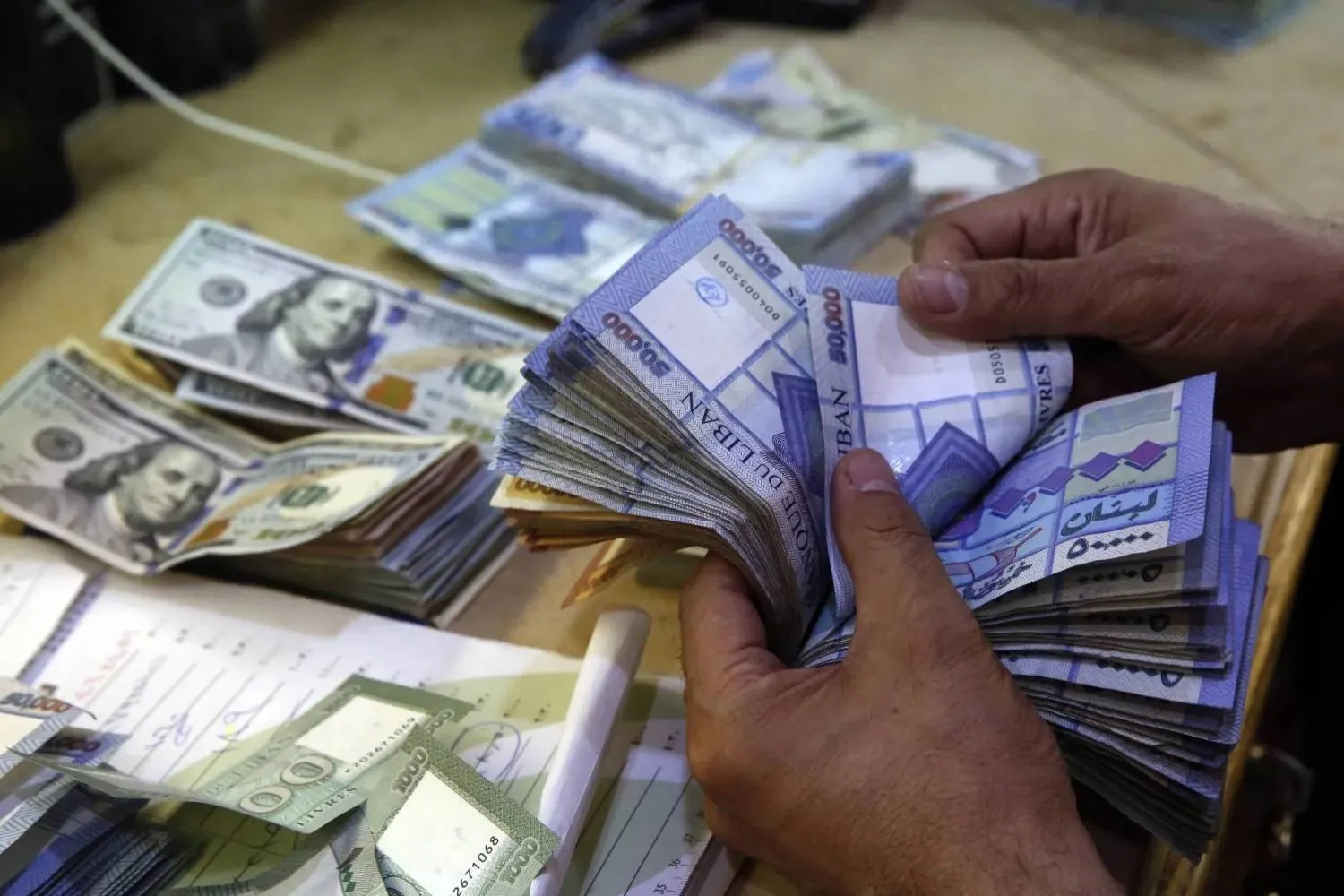OPEC and its allies would only ease supply curbs and pump more oil once global crude inventories fall and pricing reflects a tighter market, Saudi Arabia’s energy minister told Reuters.
In his first interview with Reuters since he became energy minister in September, Prince Abdulaziz bin Salman said he expected OPEC+ producers to continue cooperating beyond March.
“The jury is still out where will we be in March,” he said regarding the level of supply the market will need then.
OPEC+ producers pump more than 40 percent of the world’s oil and have constrained output since 2017 in an effort to balance rapidly rising output from the United States.
While all oil producers would like to increase output, Saudi Arabia would only do so when it saw global inventories fall, he said. Saudi Arabia would like to see stocks within the range of the last five years and the average of 2010-2014, he added.
The OPEC+ cuts agreed on Friday run until March, while some watchers had expected them to last until June or even December 2020. Russia opposed a longer deal which some analysts interpret as a sign it may want to leave the pact soon.
Prince Abdulaziz said that was not the case and cooperation with Russia would continue. He said OPEC+ simply wanted to be more flexible in adjusting output and reacting to market needs.
“We as producers all wish for a good room to increase production... With Russia we (Saudi Arabia) are committed to a huge joint cooperation program (besides oil),” he said.
The minister also stressed the need for producers such as Iraq and Nigeria to improve their compliance with promised cuts.
Even if their compliance did not improve, however, he said Riyadh would not raise output unilaterally but instead would wait for consultations with OPEC+ at its next meeting in early March.
“I won’t take unilateral measures. I would still consult and review... It will be the group versus those who have not performed.”
Brent oil LCOc1 rose 2 percent to more than $64 a barrel on Friday after he said that cuts agreed by OPEC+ could be as much as 2.1 million barrels per day (bpd) including Riyadh continuing to cut 400,000 bpd more than its quota.
He also said that he expected a resumption of production from oilfields jointly operated by Saudi Arabia and Kuwait “very soon.”
“But it would not affect both our countries’ commitments (with OPEC+ cuts),” he said.
The two countries halted output from the Khafji and Wafra oilfields in the so-called Neutral Zone more than three years ago, cutting some 500,000 bpd of supply.
The minister said he believed state-run oil giant Saudi Aramco is worth more its $1.7 trillion valuation ahead of its initial public offering set for Dec. 11.
“We believe that the value of the company is way higher than $1.7 trillion,” he told Reuters, adding Aramco had fallen victim to a wider industry downturn which had dropped its valuation below the $2 trillion that Saudi Crown Prince Mohammed bin Salman had targeted.
Even with the lower valuation, it is the world’s biggest IPO, raising $25.6 billion and topping Alibaba Group’s $25 billion listing in 2014.







